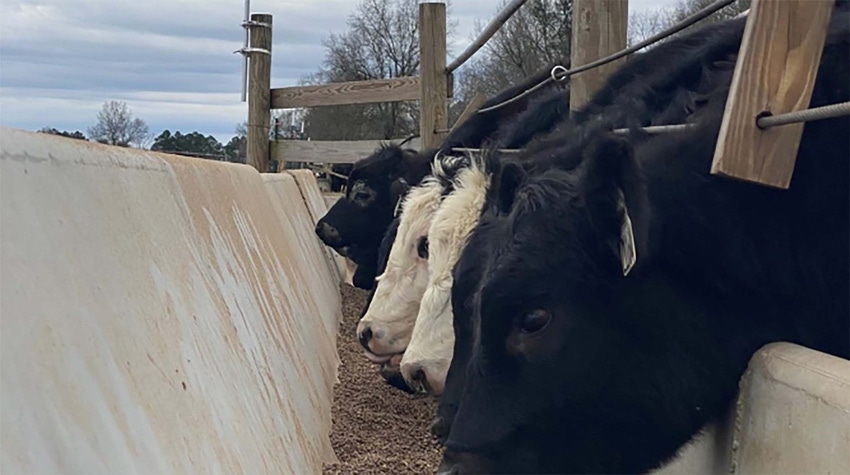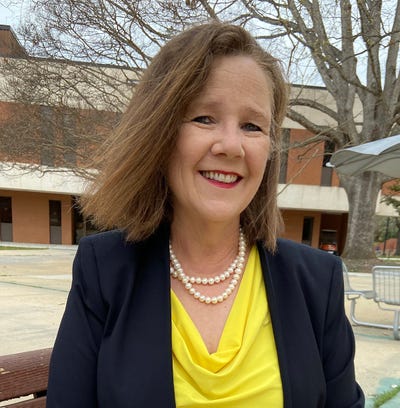
Just like people, livestock require the correct amount of nutrients in their diets. To help producers easily determine the nutrients in feed mixes, the Clemson University Precision Agriculture group has developed the Clemson Livestock Feed Ration Calculator.
This web-based calculator, or app, is user-friendly and can be accessed anywhere internet is available on smartphones, tablets and computers, as well as other devices that have internet capabilities. It can be used for any type of livestock globally, although, it initially was developed to assist cattle producers in the southeastern United States.
“This app can be used by anyone who works out rations for beef cattle or really any type of livestock,” said Scott Sell,the lead developer and a Clemson research associate of cattle and forages at the Edisto Research and Education Center (REC) in Blackville, South Carolina. “It can quickly and easily calculate a ration that’s balanced for the class, age and stage of growth of the livestock they’re producing.”
A ration is the amount of feed given an animal during a 24-hour period. A balanced ration is the amount of feed required to supply the proper amount and proportions of nutrients needed for an animal to perform a specific purpose such as growth, maintenance, lactation or gestation.
Nutrients are feed components such as proteins, carbohydrates, fats, minerals and vitamins. Nutrient requirements are determined by factors such as weight, gender, desired growth rate, lactation stage, environment and others.
The Clemson app allows up to eight feedstuffs to be selected from a list of over 500 common feed ingredients. Custom feed ingredients also may be entered. For each feedstuff entry, default nutrient and energy compositions are loaded, each of which may be adjusted by the user.
Users enter proportional mix weights and other batch weights, and a breakdown of 10 essential nutrients is provided based on this information. Results can be emailed to users or anyone else by clicking on the Email this Feed Ration button found at the bottom of the page.
Recommendations made by the calculations come from feed composition tables provided by the Farm Progress group and information provided by Oklahoma State University.
“I’ve worked in Extension for 30 years and I’ve always looked for a tool to easily calculate feed rations,” Sell said. “It has long been a dream of mine to create something like this for livestock producers to be able to easily use.”
Kendell Kirk, a precision agriculture engineer also housed at the Edisto REC, said other feed ration calculators are available but many are cumbersome to use, limited in ingredients, or limited in mobility.
“Development of this tool demonstrates the great value that can be achieved for our producers when two research and Extension programs work together,” said Kirk, who built the web app based entirely on a spreadsheet that Sell developed. “Scott’s calculator distinguishes itself as being user-friendly and intuitive for building rations and building mix sheets, even from a smart phone.”
For information about this app, go to https://bit.ly/CUFeedRationApp or contact Sell at [email protected].
Information from the United States Department of Agriculture Economic Research Service (USDA-ERS) shows cattle production is the most important agricultural industry in the United States, consistently accounting for the largest share of total cash receipts for agricultural commodities.
Source: Clemson University, which is solely responsible for the information provided, and wholly owns the information. Informa Business Media and all its subsidiaries are not responsible for any of the content contained in this information asset.
About the Author(s)
You May Also Like






